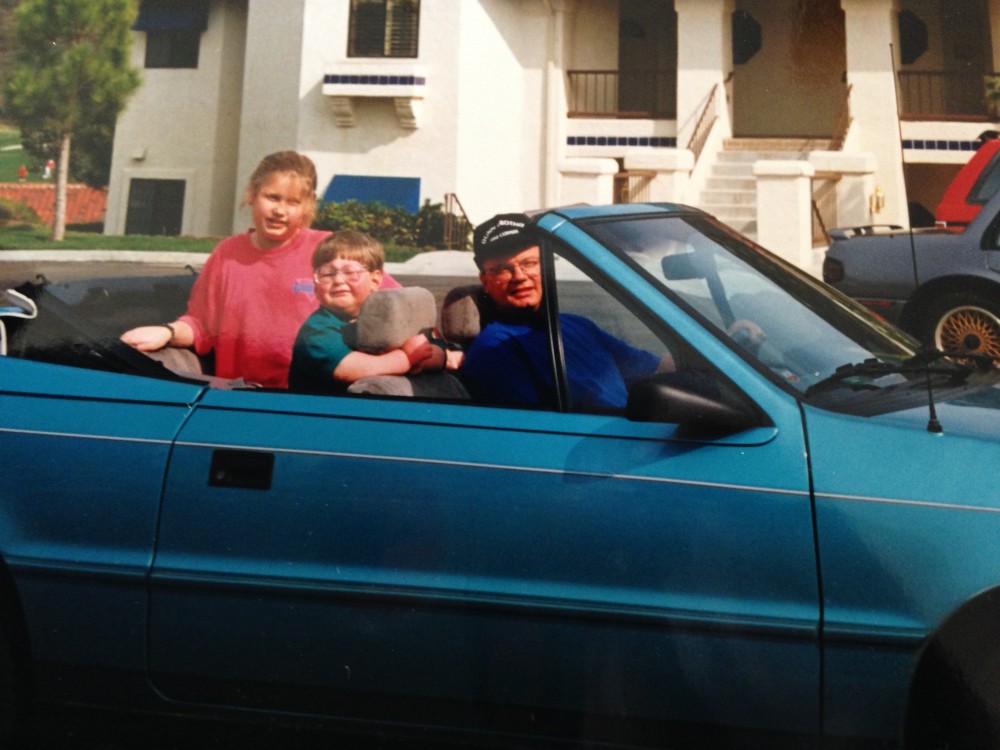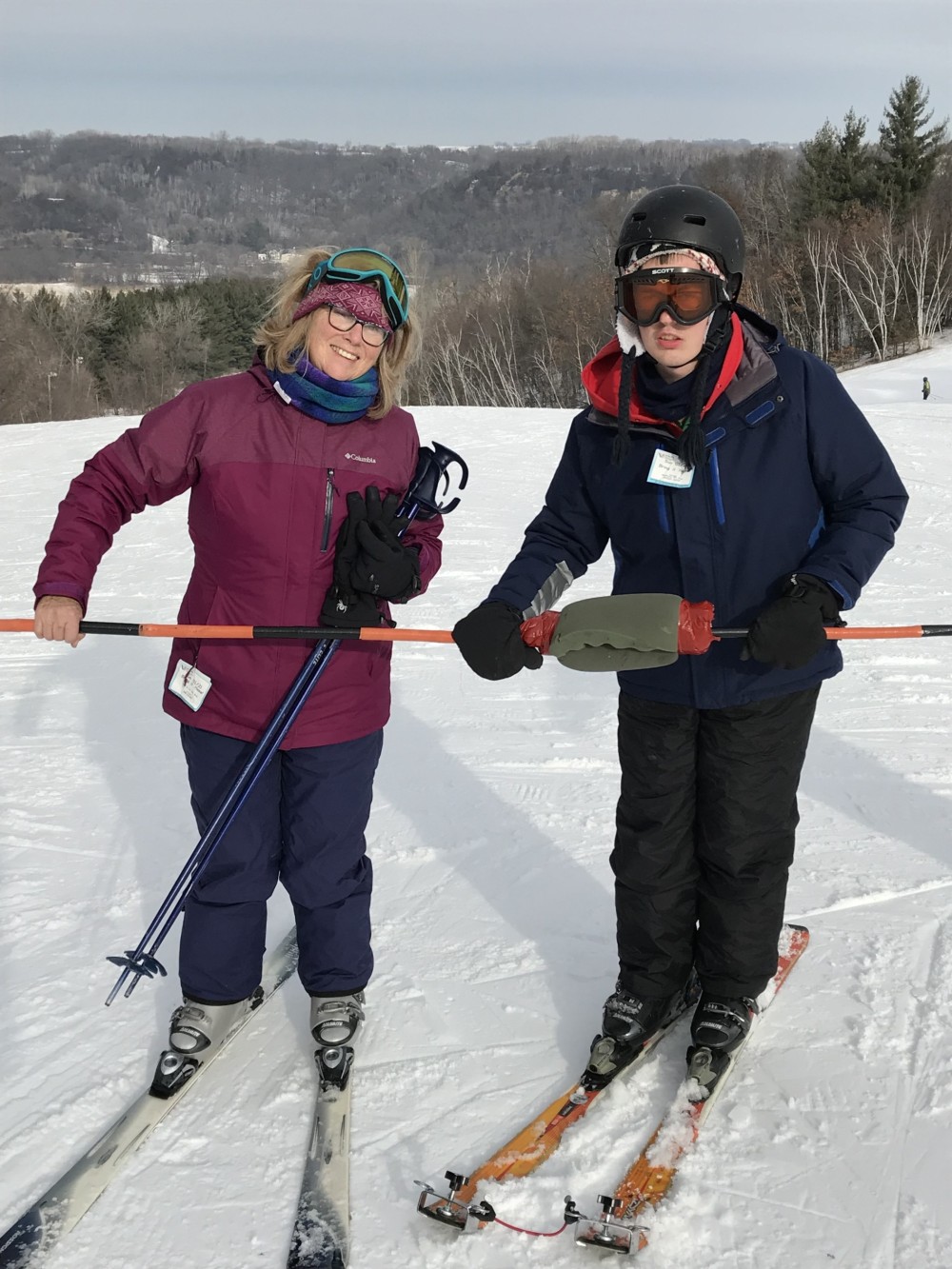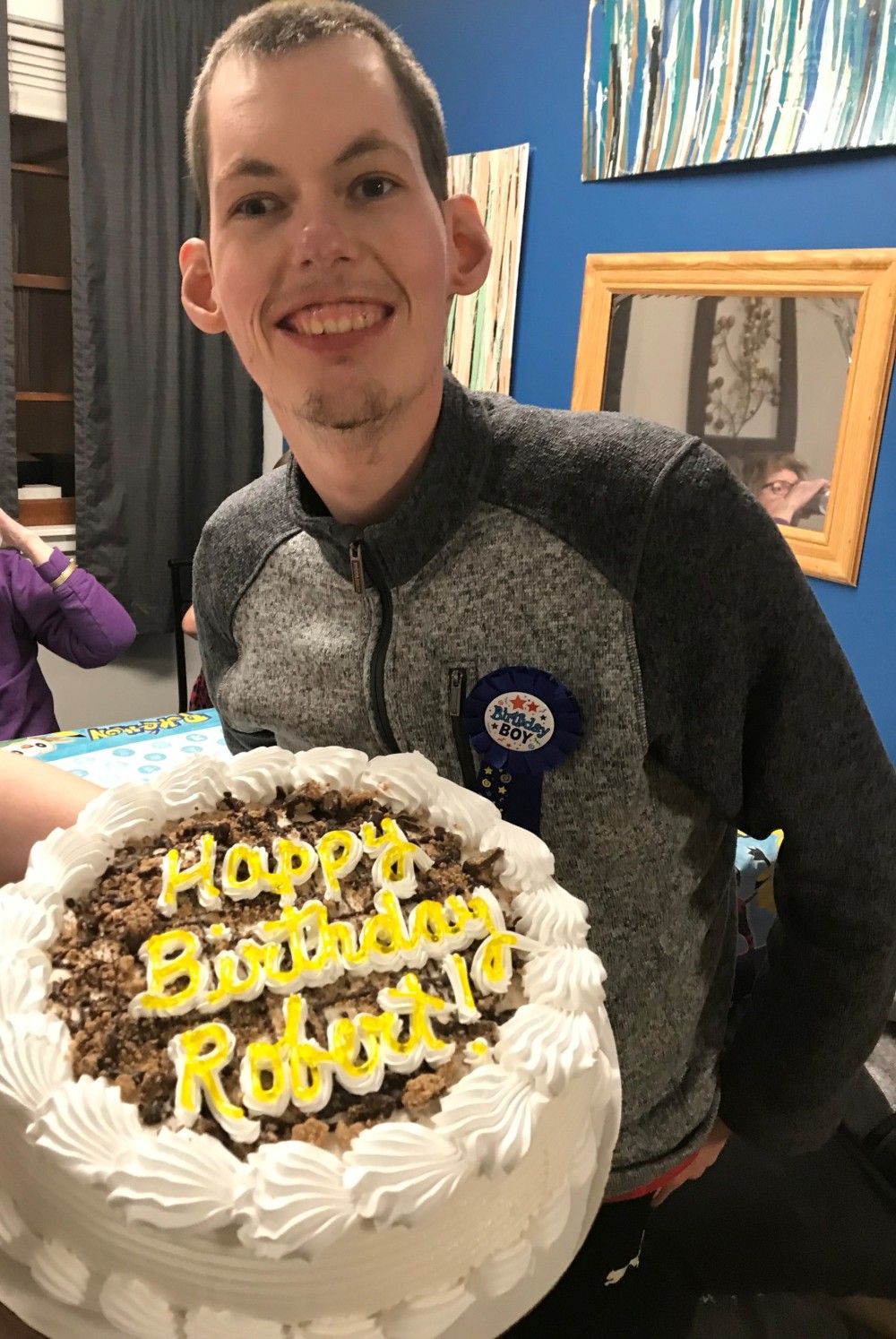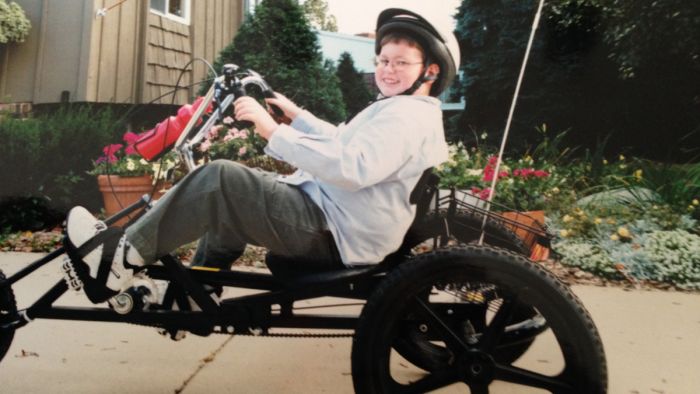In the United States, a rare disease is defined as a condition that affects fewer than 200,000 people. Because some rare disorders affect less than 50 children nationwide, families must persevere through concerning symptoms and limited resources for help.
For Janet Favorite, navigating her son Robert’s rare condition has been a rollercoaster, steadied by her family’s commitment to providing him with expert care and access to resources at Gillette Children’s. Gillette’s experienced providers specialize in treating rare conditions, like Robert’s, that other children’s hospitals rarely, if ever, encounter. Read her story below.
Robert was our miracle child. He was born under stressful conditions, and spent the first two weeks of his life in the neonatal intensive care unit before we could bring him home. Soon after settling in, the joy of welcoming our new child into the world became overshadowed by worry, as my husband Carey and I found ourselves searching for reasons to explain Robert’s inability to breastfeed and low muscle tone. We went around consulting specialists, including neurologists and endocrinologists—but none were able to provide a definitive diagnosis. Though we were relieved to know there was no immediate threat to his well-being, we continued to monitor Robert while raising him just like his older sister, Cara.
At age 3, Robert rapidly began gaining weight, which, in addition to his earlier symptoms, led one doctor to suggest he might have Prader-Willi syndrome (PWS).
PWS, as Janet and Carey would come to learn, affects growth, metabolism, appetite, behavior and overall development. Kids who have PWS have weak muscles, short stature, compulsive behavior and chronic feelings of hunger, among other symptoms. This chronic hunger causes many children with PWS to gain weight beyond healthful standards. In fact, despite only about 1 in 15,000 children being born with PWS, it is the most commonly known genetic cause of obesity.
Online research didn’t yield much information during Robert’s childhood, except to state that people with PWS typically passed away earlier than average due to complications from the morbid obesity caused by the syndrome. We didn’t want to accept that this rare, genetic disorder could be the cause for Robert’s weight gain—a disorder that would require a lifetime of specialized care and supervision. Then, Carey and I heard about the PWS clinic run by Gillette, and quickly scheduled an appointment.

We had our first visit to Gillette when Robert was around age 4.
He had his height and weight checked and then we were taken to a clinic room where a nurse explained the clinic’s routine: Dr. Michael Ainslie, an endocrinologist who ran the clinic, would see us first. Dr. Ainslie included Robert in the conversation about his care plan, and assured our family that we could “learn to cope with the problems of today.” This was advice I would come to depend on heavily once a blood test confirmed that Robert had PWS and we committed to returning to Gillette every three months for his treatment.
Other specialists, including a nutritionist and psychologist, also consulted with us during our first appointment. No other scheduling was necessary. That was extraordinary news to a parent whose life had been spent organizing multiple appointments.
Treatment for PWS is based on the individual symptoms that are present, and can include growth hormone treatment, psychotropic medicines to help control severe compulsive behaviors, a strict diet and nutrition plan, and physical, occupational, and speech therapies. Behavioral issues are very common in children who have PWS, and Gillette experts believe they can be managed in part through firm daily routine, rules and positive rewards.
Robert’s care plan was robust and my time became dedicated to ensuring we followed it strictly. For children who have PWS, any slight change or disturbance in their daily routine can cause distress. This, coupled by the fact that his symptoms would change and develop as he grew older, meant our family was in for many ups and downs as we settled into this new path.
Robert began taking growth hormone injections when he was 7, which helped him grow taller and gain more muscle mass. Then around age 9, he developed scoliosis, another hallmark of PWS. Our orthopedic specialist at Gillette recommended bracing for his spine’s severe “S”-shaped curve, which helped delay his spinal fusion surgery for three years. Scoliosis in children who have PWS is further complicated by their resistance to change, which in our case meant getting Robert to wear a brace for many hours a day. We also had to learn how to tell when adjustments on Robert’s brace were needed by observing pressure marks on his body, because another symptom of PWS reared its head—he was unable to identify pain and was often oblivious to it. The eventual surgery proved to be overwhelming for our family, but successful nonetheless.

The syndrome can become more difficult during and after puberty, as we learned with Robert. After graduating high school, he became increasingly detached from reality, completely abandoning the routine we had established in his adolescence. After being hospitalized for 36 days, a nurse at Gillette introduced me to Stepping Out, an assisted-living facility that provides fitness-oriented services to people who have PWS. Their program was vital in getting Robert back on track.
With the support of Gillette and resources like Stepping Out helping to manage Robert’s day-to-day behavior, we have been fortunate to focus our time on making memories. I recommend these resources to anyone who has a child with PWS. I don't know how we would have coped with this challenging syndrome without them.

Today, Robert is 30 and highly engaged with life. He works two days a week at the YMCA through his day program called Rise, which supervises his work and employs him as well when he isn’t at the YMCA. He maintains an average weight with daily exercise—a routine that has turned fitness into an amazing passion of his. The PWS clinic staff at Gillette would be proud to see Robert speed walking and competing in 5K races. We still face challenges like any family, but with the symptoms of PWS under control, we can enjoy an easygoing and loving relationship with Robert.

Janet continues to write about Robert and her life on her blog, JanetFavorite.com.
Get Gillette Stories in your inbox!
Stay “in the know” with our Gillette Stories! Receive the latest stories and news from Gillette delivered straight to your inbox..
 Home Page
Home Page



